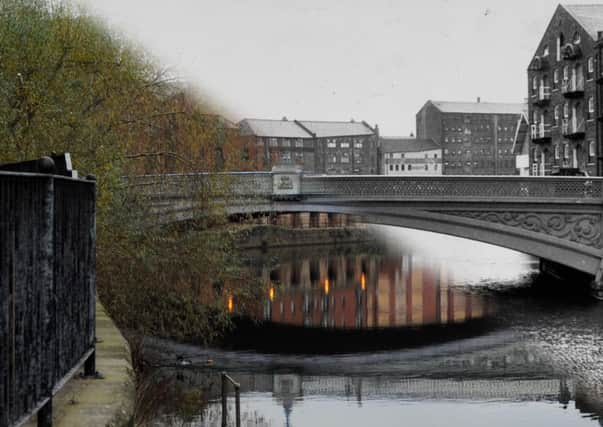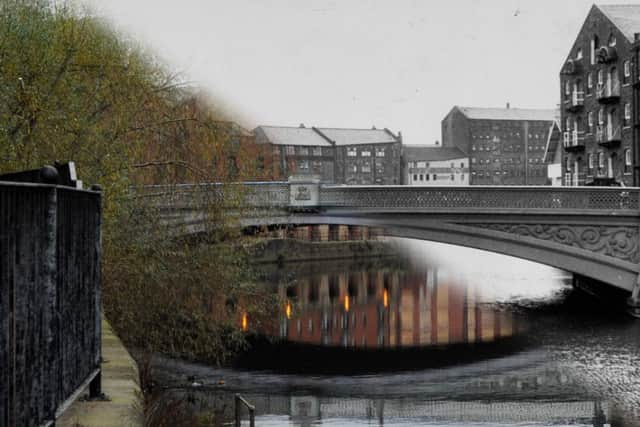Leeds nostalgia: Leeds Bridge then and now


The original picture (below) was taken on July 19 1974 - a time when the city was dominated by heavy industry, with factory buildings lining the waterfront, while our 2014 picture shows a softening of this as the use of waterfront buildings changed to residential and leisure use.
The Grade II listed Leeds Bridge, of course, is almost as old as the city itself and would have been at the very centre of the original settlement of the area. It would have been a simple ford or crossing of the river.
Advertisement
Hide AdAdvertisement
Hide AdGoing back in time to the early 1300s, there is evidence of a ferry being used to cross the river and by 1322, it is thought the first proper permanent bridge was built, although there may have been a structure before this.


Indeed, Briggate, one of the first main streets in Leeds and which was certainly in existence in 1207 when Leeds gained its first charter in November of that year, leads directly from Leeds Bridge, which indicates that there was a means of crossing the waterway prior to that date.
In Medieval times, a cloth market was held on the bridge itself, which at that time was only 12ft wide. It was held there until 1684, when the council directed it be moved to Briggate. Stone scavenged from Kirkstall Abbey was used to build steps which led to the river bank.
The bridge was widened in 1730, 1760 and 1796 and an entirely new bridge built in 1873 by W H Barlow to a design by T Dyne Steel. The iron was cast by John Butler of Stanningley.